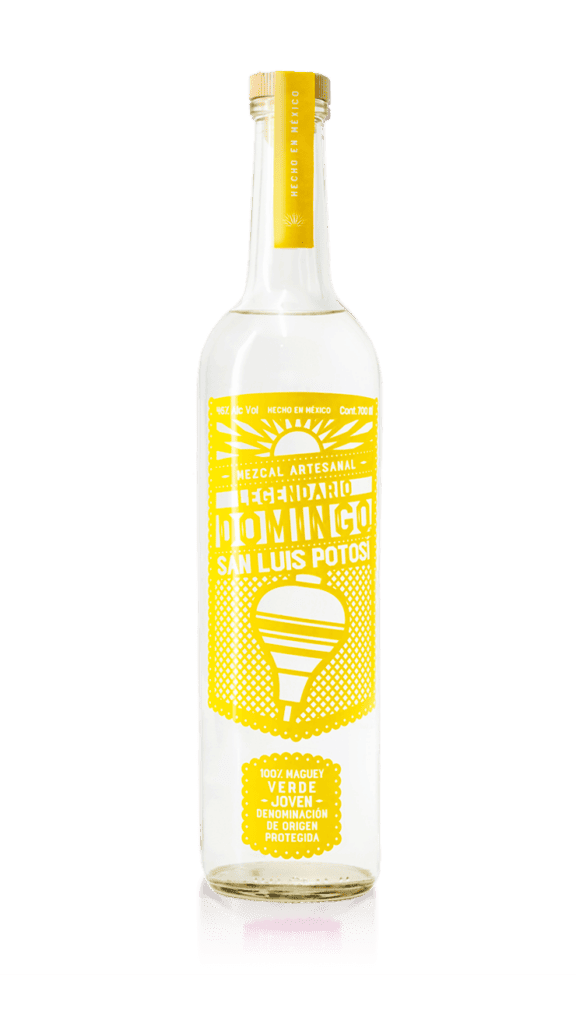
Details
- Location: Santa Isabel, San Luis Potosí
- Agave: Verde (A. Salmiana)
- Maestro Mezcalero: Familia Hernández
- ABV: 46%
- Tasting keywords: fruity, fresh, heady
Nose
The heady aromas are crisp and clean, bursting with ripe fruit that is both floral and reminiscent of tender greens. Notes of watermelon, cucumber, and sugar snap peas are blanketed with sweet cardamom and peach candy.
Taste
The flavors are equally perfumed with mixed citrus, green garden veggies, and a dry spiciness that creates a sophisticated profile that would appeal to Highland Scotch lovers. The smokiness is in the background with a hint of leather; the star of the show remains the focused fruit and earth flavors. A treat to sip on.
Production Details
- Agave sources: wild agave from the Ejido area
- Roast: Quarry oven (horno de cantera)
- Crush: Tahona pulled by tractor
- Fermentation: in quarry tanks with mother & Indigenous yeast in a closed room
- Distillation: single run in a traditional copper alembic with plates, distilled to proof
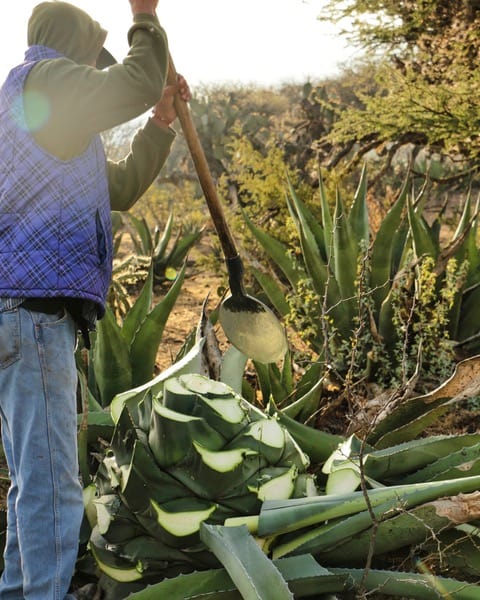
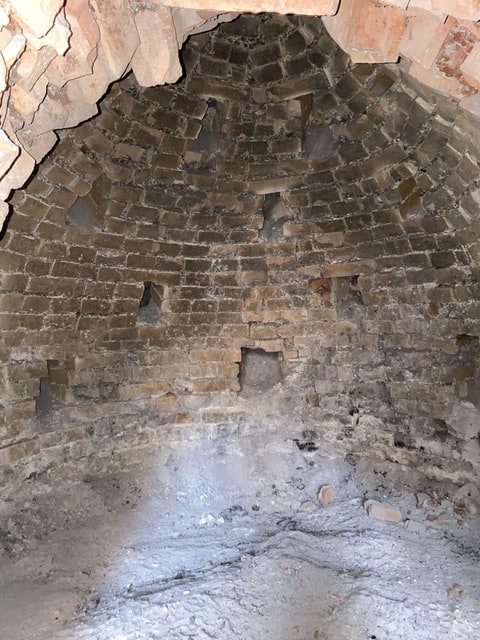
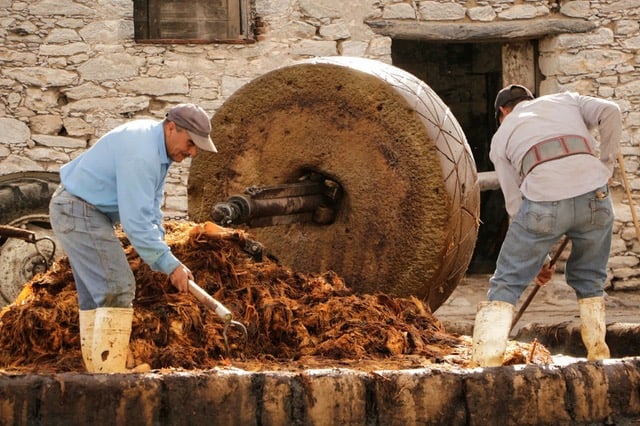
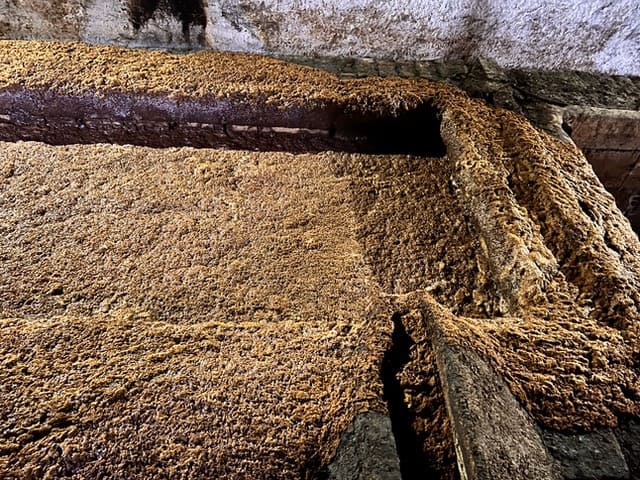
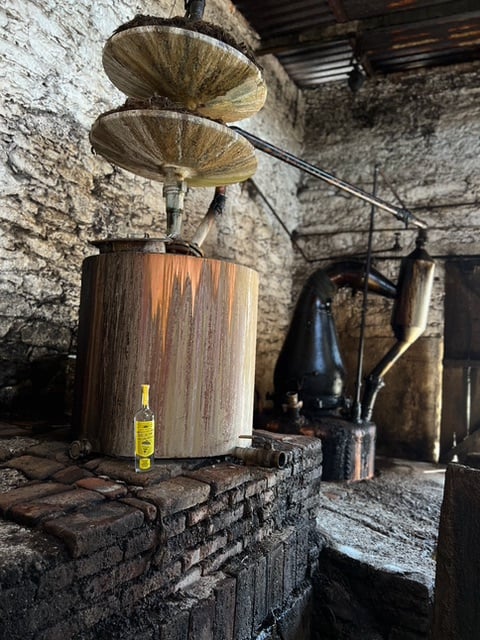
Method / Background Notes
The newest addition to the Legendario Domingo lineup, this is still one of the few artisanal mezcals from San Luis Potosi available in the international market. This fabrica is 101 years old, with mezcal production starting after the Revolution in 1923. At first the production was exclusively for locals and miners, and eventually shut down, restarting as a mezcal fabrica around 50 years ago. Since restarting operations they have refilled the ‘lavadero’ which is a mother yeast tank that always remains partially filled with ferment- think of it like a sourdough starter- they use some of this mother ferment to kickstart fermentation of freshly cooked and crushed agave. Everything at the fabrica is made out of quarry/stone or locally sourced Cantera, creating even more of a sense of terroir. Since working with Legendario Domingo they also restored the ovens to comply with ‘Mezcal Artesanal’ legal standards; they had previously been cooking with an autoclave whose steam source was an old 1840s boiler.
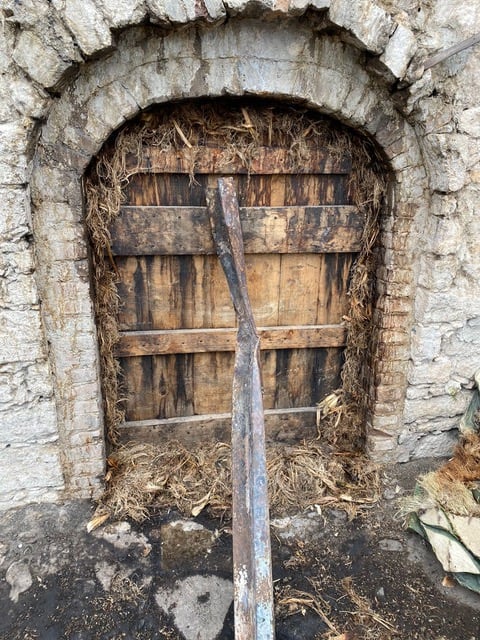
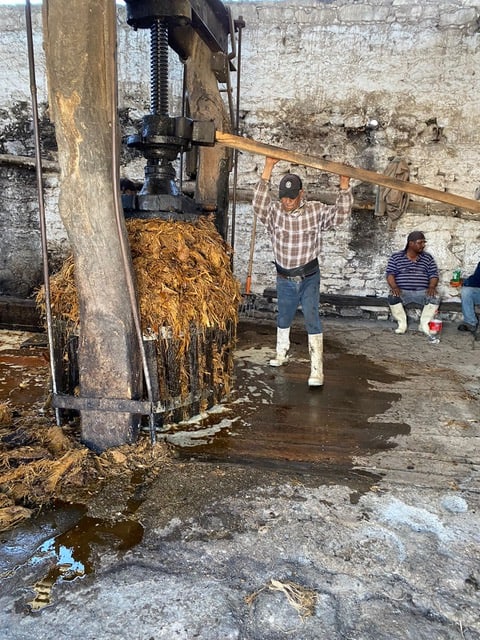
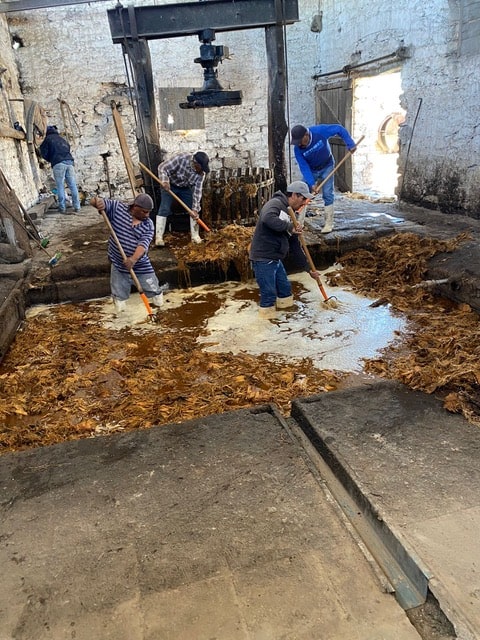











Leave a Comment